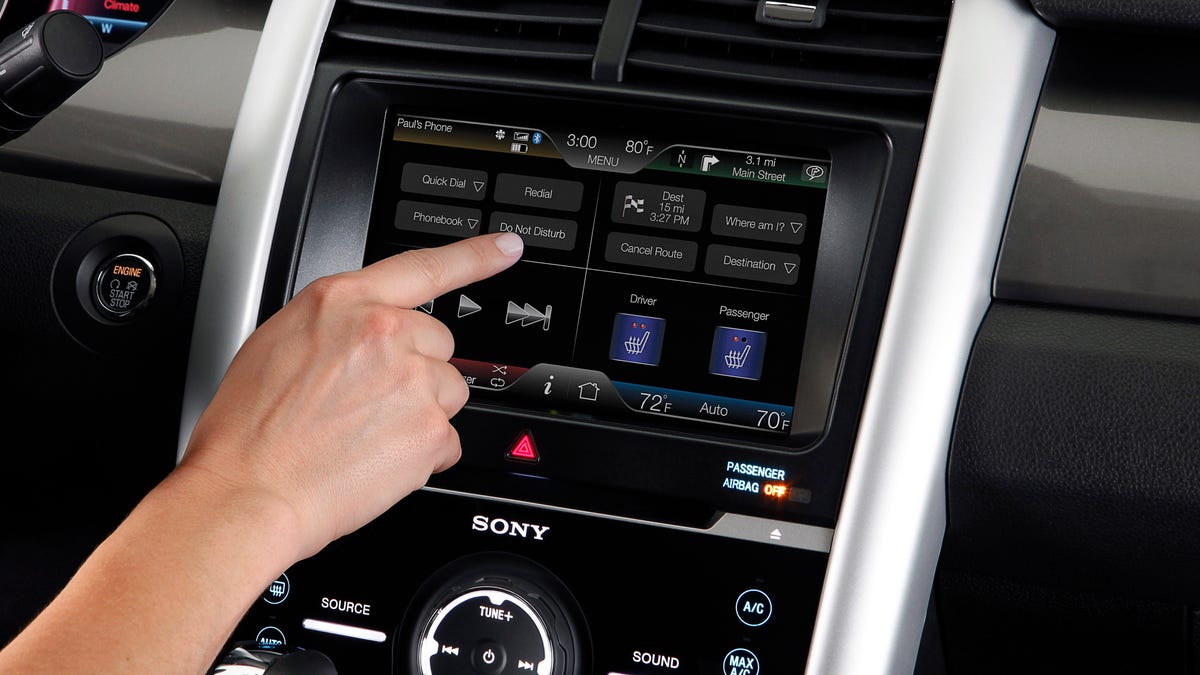Ford's 'Do Not Disturb' button helps drivers focus
Helping drivers to resist the temptation to text on the road, Ford has added a "Do Not Disturb" button as the latest feature to 2011 models equipped with MyFord or MyLincoln Touch.

As cars become more connected, you may need a little help to not use all the features at your fingertips.
The latest feature for Ford's SYNC in-car communications and entertainment system is the "Do Not Disturb" button, which is aimed at keeping at bay the temptation to text and talk while driving. On 2011 models equipped with MyFord or MyLincoln Touch, the button enables drivers to set the level of connectivity and communications available to them while they're in the vehicle.
When activated, the feature blocks phones paired with SYNC from receiving incoming text messages and sends calls to voicemail. However, drivers will still be able to make voice-activated outgoing phone calls.
Ford is hoping more mobile-device manufactures will implement the Bluetooth Message Access Profile (MAP) as RIM has agreed to do starting in 2011, which will enable more devices to take advantage of SYNC's text-to-voice capabilities for incoming text messages.
But hands-free doesn't necessarily mean distraction-free. The Highway Loss Data Institute found that the crash risk is the same for drivers using handheld or hands-free mobile devices.
Yet text messaging and phone calls are only one component of distracted driving, so Ford is also proactively locking certain interactive features of SYNC while the car is in motion. Features blocked while the car is in motion include:
- Pairing a Bluetooth-capable phone
- Manually adding individual contacts into the phone book
- Viewing received text messages on-screen
- Web browsing on the vehicle's screen
- Playing video
- Browsing album cover art, phone book, and photos
- Editing photos
- Editing the screen's wallpaper or adding a new one
- Destination entry by touch-screen keyboard input (voice entry is permissible)

